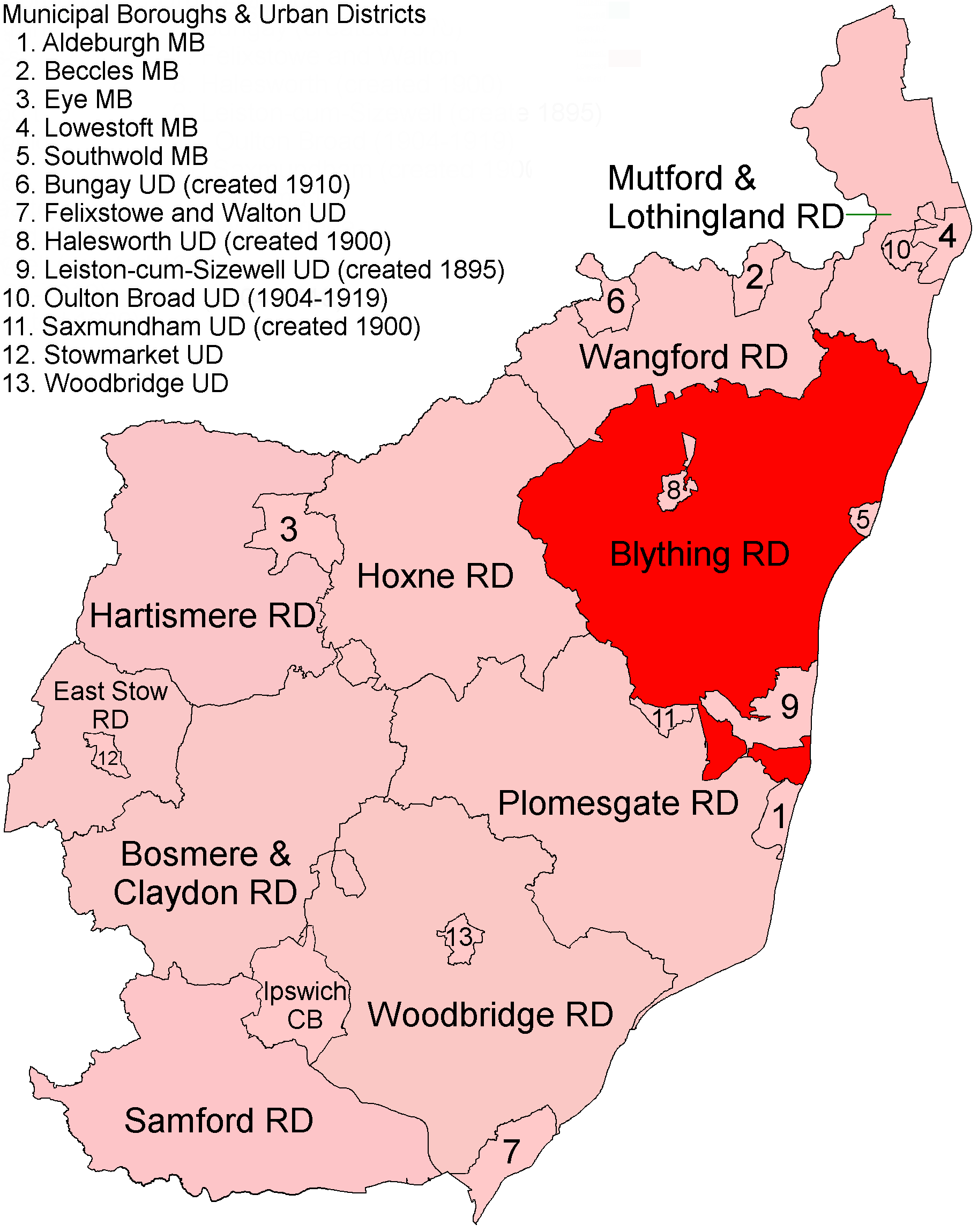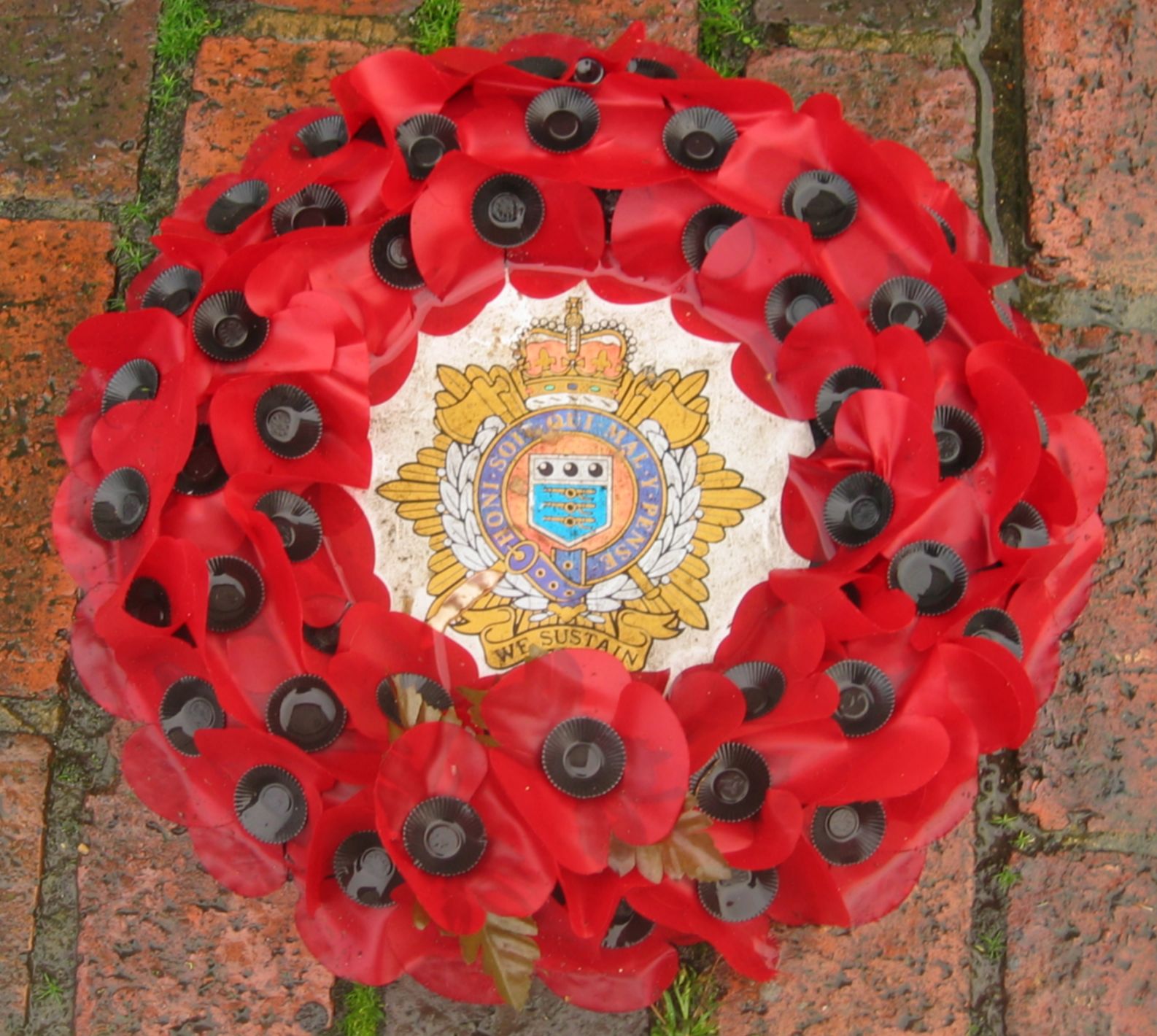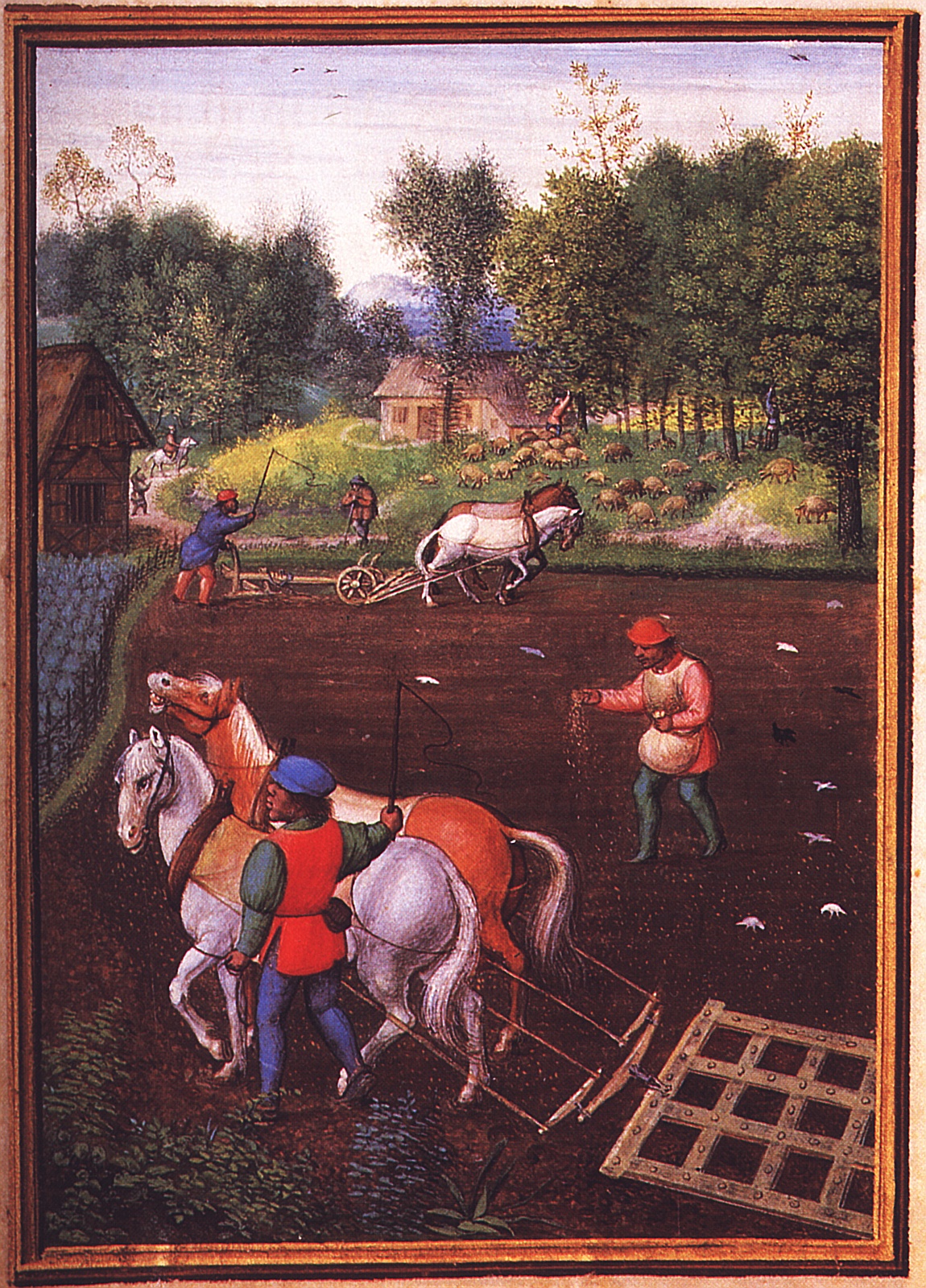|
Laura Ainsworth
Laura Frances Ainsworth (1885 – 1958) was a British teacher and suffragette. She was employed by the Women's Social and Political Union and was one of the first suffragettes to be force-fed. She left the WSPU in 1912 in protest at the ejection of the Pethick-Lawrences, but continued to work for women's suffrage. Life Ainsworth was born in Blything in Suffolk in 1885, and she was brought up in Salisbury. She became a teacher but decided in 1909 to become a full time worker for the Women's Social and Political Union (WSPU) in 1909. Ainsworth was drafted to co-ordinate WSPU activities in the Midlands with Gladice Keevil. She was involved in the protest on 17 September 1909 when Charlotte Marsh, Mary Leigh and Patricia Woodlock climbed onto the roof of Bingley Hall in Birmingham. They were protesting at women being excluded from a political meeting where the British Prime Minister Asquith was giving a speech. Marsh , Leigh and Woodlock threw roof tiles which they levered up w ... [...More Info...] [...Related Items...] OR: [Wikipedia] [Google] [Baidu] |
Blything Rural District
Blything Rural District was a rural district within the administrative county of East Suffolk between 1894 and 1934. Evolution The district had its origins in the Blything Hundred Incorporation, set up in 1764 to administer the poor laws in the hundred of Blything. A workhouse to serve the area was built at Bulcamp in the parish of Blythburgh, opening in 1766. Following the Poor Law Amendment Act 1834, the old incorporation was dissolved and replaced by the Blything Poor Law Union in 1835. In 1872, sanitary districts were established, with responsibility for public health and local government given to the boards of guardians of poor law unions for areas without urban authorities. The Blything Rural Sanitary District therefore covered the area of the Blything Poor Law Union except for the parish of Southwold, which was a municipal borough and so formed its own urban sanitary district. Under the Local Government Act 1894, rural sanitary districts became rural districts on 28 Dec ... [...More Info...] [...Related Items...] OR: [Wikipedia] [Google] [Baidu] |
Margaret Milne Farquharson
Margaret Milne McConnachie Farquharson (17 August 1884 – after 1936) was a Scottish suffragette, MP candidate and leader of the National Political League campaigning for Palestine. Life Farquharson was born in 1884. In 1908 she graduated with a master's degree from the University of Glasgow. She came to notice before World War I as a leader in the women's suffrage movement. In 1909 she was arrested as a suffragette and jailed for five days in Holloway Prison. She was a salaried organiser for the Women's Freedom League in Liverpool with Mary Adelaide Broadhurst. However the WFL failed to establish a voice distinct from the WSPU. Money was requested for a full-time organiser in Liverpool, but the salaried posts in Liverpool were not supported after January 1909. In 1911 the National Political League, NPL, was formed, led by its president Mary Adelaide Broadhurst. The league was an apolitical group supporting reform. Suffragette and funder Janie Allan, socialist Ethel Annak ... [...More Info...] [...Related Items...] OR: [Wikipedia] [Google] [Baidu] |
Royal British Legion
The Royal British Legion (RBL), formerly the British Legion, is a British charity providing financial, social and emotional support to members and veterans of the British Armed Forces, their families and dependants, as well as all others in need. Membership Service in the armed forces is no longer a requirement of Legion membership. The Legion has an official membership magazine, ''Legion'', which is free to all Legion members as part of their annual subscription. History The British Legion was founded in 1921 as a voice for the ex-service community as a bringing together of four organisations: the Comrades of the Great War The Comrades of The Great War were formed in 1917 as an association to represent the rights of ex-service men and women who had served or had been discharged from service during World War I. Comrades of The Great War was one of the original four e ..., the National Association of Discharged Sailors and Soldiers and the National Federation of Discharg ... [...More Info...] [...Related Items...] OR: [Wikipedia] [Google] [Baidu] |
Emmeline Pethick-Lawrence
Emmeline Pethick-Lawrence, Baroness Pethick-Lawrence (; 21 October 1867 – 11 March 1954) was a British women's rights activist and suffragette. Early life Pethick-Lawrence was born in Bristol as Emmeline Pethick. Her father, Henry Pethick, was a businessman, a merchant of South American hide, who became owner of the ''Weston Gazette'', and a Weston town commissioner. She was the second of 13 children, and was sent away to boarding school at the age of eight. Her younger sister, Dorothy Pethick (the tenth child), was also a suffragette. Career and marriage From 1891-95, Pethick worked as a "sister of the people" for the West London Methodist Mission at Cleveland Hall, London, Cleveland Hall, near Fitzroy Square. She helped Mary Neal run a girls' club at the mission. In 1895, she and Mary Neal left the mission to co-found the Espérance Club, a club for young women and girls that would not be subject to the constraints of the mission, and could experiment with dance and drama. ... [...More Info...] [...Related Items...] OR: [Wikipedia] [Google] [Baidu] |
Hunger Strike Medal
The Hunger Strike Medal was a silver medal awarded between August 1909 and 1914 to suffragette prisoners by the leadership of the Women's Social and Political Union (WSPU). During their imprisonment, they went on hunger strike while serving their sentences in the prisons of the United Kingdom for acts of militancy in their campaign for women's suffrage. Many women were force-fed and their individual medals were created to reflect this. The WSPU awarded a range of military-style campaign medals to raise morale and encourage continued loyalty and commitment to the cause. The Hunger Strike Medals were designed by Sylvia Pankhurst and first presented by leadership of the WSPU at a ceremony in early August 1909 to women who had gone on hunger strike while serving a prison sentence. Later the medals would be presented at a breakfast reception on a woman's release from prison. Background On 5 July 1909, suffragette Marion Wallace Dunlop began her hunger strike in Holloway Prison. S ... [...More Info...] [...Related Items...] OR: [Wikipedia] [Google] [Baidu] |
Mary Blathwayt
Mary Blathwayt (1 February 1879 – 25 June 1961) was a British feminist, suffragette and social reformer. She lived at Eagle House in Somerset. This house became known as the "Suffragette's Rest" and contained a memorial to the protests of 60 suffragists and suffragettes. The memorial was bulldozed in the 1960s. Early life Mary Blathwayt was born 1 February 1879 in Worthing, Sussex, the daughter of Colonel Linley Blathwayt, an army officer who had served in India, and his wife, Emily, who were first cousins. Upon retiring from active service, Colonel Blathwayt and his family moved from India to Eagle House, Batheaston, on the outskirts of Bath. Her younger brother, William, trained as an electrical engineer and taught English in Germany for many years before returning to England at the beginning of the First World War. Mary, remained at home and attended Bath High School. Campaigning for women's suffrage Blathwayt and her mother started attending meetings of t ... [...More Info...] [...Related Items...] OR: [Wikipedia] [Google] [Baidu] |
Batheaston
Batheaston is a village and civil parish east of the English city of Bath, on the north bank of the River Avon. The parish had a population of 2,735 in 2011. The northern area of the parish, on the road to St Catherine, is an area known as Northend. Batheaston has been twinned with Oudon, France since 2005. History Batheaston is named ''Estone'' in the 1086 ''Domesday Book'', which recorded a population of 48 households. Batheaston was part of the hundred of Bath Forum. In the 16th century the Lord of the Manor was John Hussey, 1st Baron Hussey of Sleaford. In the 18th century, Sir John Riggs Miller, 1st Baronet and Anna, Lady Miller held a much-mocked fortnightly literary salon along with competitions and prizes at their house in the village. Distinguished contributions were received from the likes of David Garrick, Christopher Anstey and the poet Anna Seward. Governance The parish council has responsibility for local issues, including setting an annual precept (loc ... [...More Info...] [...Related Items...] OR: [Wikipedia] [Google] [Baidu] |
Eagle House (suffragette's Rest)
Eagle House is a Grade II* listed building in Batheaston, Somerset, near Bath. Before World War I the house had extensive grounds. When Emily Blathwayt and her husband Colonel Linley Blathwayt owned the house, its summerhouse was used, from 1909 to 1912, as a refuge for suffragettes who had been released from prison after hunger strikes. It became known as the Suffragette's Rest or Suffragette's Retreat. Emily Blathwayt was a suffragette and member of the Women's Social and Political Union. Between April 1909 and July 1911, trees were planted in the grounds to commemorate individual suffragettes; at least 47 were planted in a two-acre (8094 m2) site. Known as Annie's Arboretum, after Annie Kenney, the trees were destroyed in the 1960s when a council estate was built. Only one tree, an Australian Pine planted in 1909 by Rose Lamartine Yates, remains. Architecture and history The two-storey bath stone house has ashlar quoins and a slate roof. There is an ionic doorcase with ... [...More Info...] [...Related Items...] OR: [Wikipedia] [Google] [Baidu] |
Planting Suffragette Trees At Eagle House Suffragettes Annie Kenney, Mary Blathwayt, Laura Ainsworth And Charlotte Marsh (left To Right)
Sowing is the process of planting seeds. An area or object that has had seeds planted in it will be described as a sowed or sown area. Plants which are usually sown Among the major field crops, oats, wheat, and rye are sown, grasses and legumes are seeded and maize and soybeans are planted. In planting, wider rows (generally 75 cm (30 in) or more) are used, and the intent is to have precise; even spacing between individual seeds in the row, various mechanisms have been devised to count out individual seeds at exact intervals. Depth of sowing In sowing, little if any soil is placed over the seeds, as seeds can be generally sown into the soil by maintaining a planting depth of about 2-3 times the size of the seed. Sowing types and patterns For hand sowing, several sowing types exist; these include: * Flat sowing * Ridge sowing * Wide bed sowing Several patterns for sowing may be used together with these types; these include: * Regular rows * Rows that are ind ... [...More Info...] [...Related Items...] OR: [Wikipedia] [Google] [Baidu] |


.jpg)




